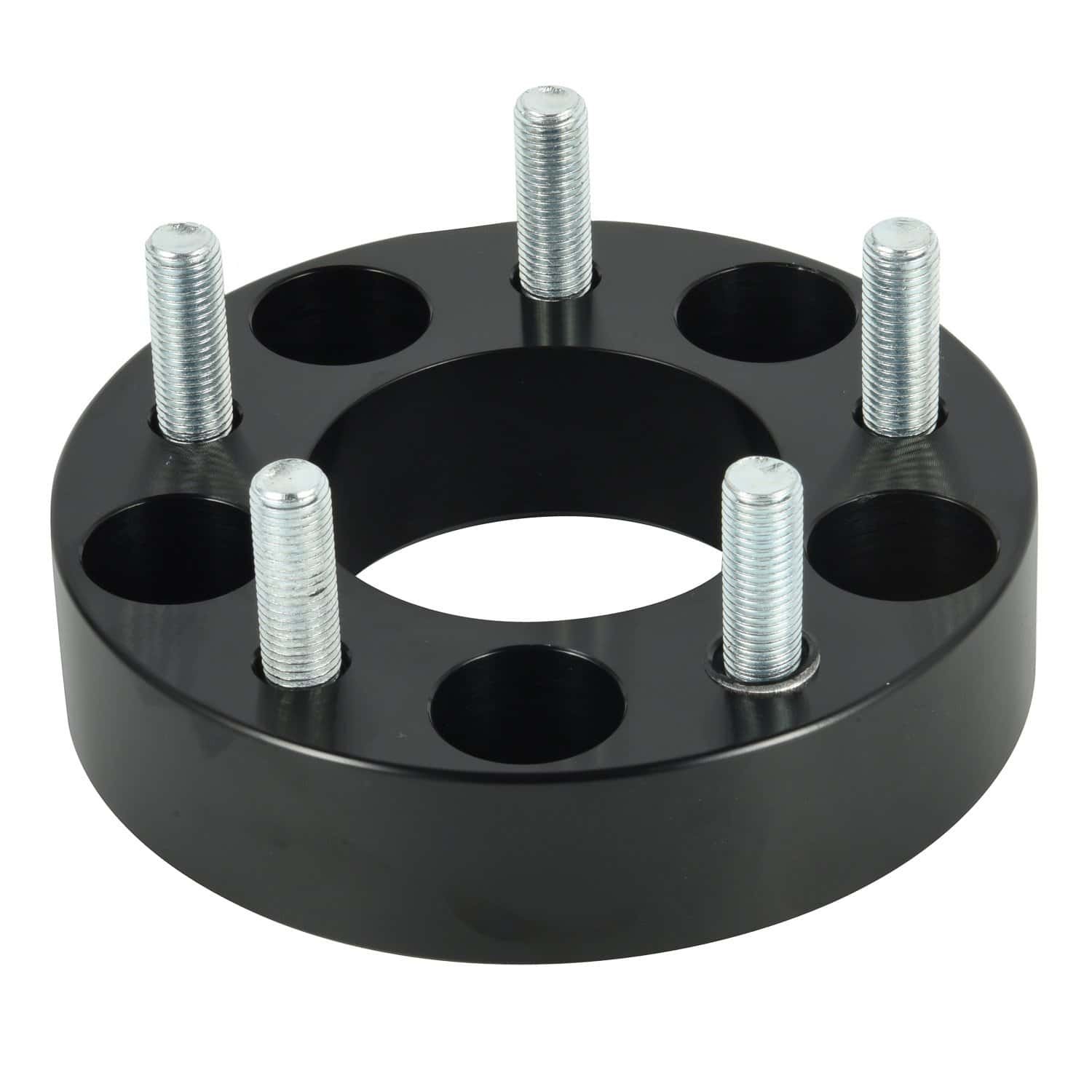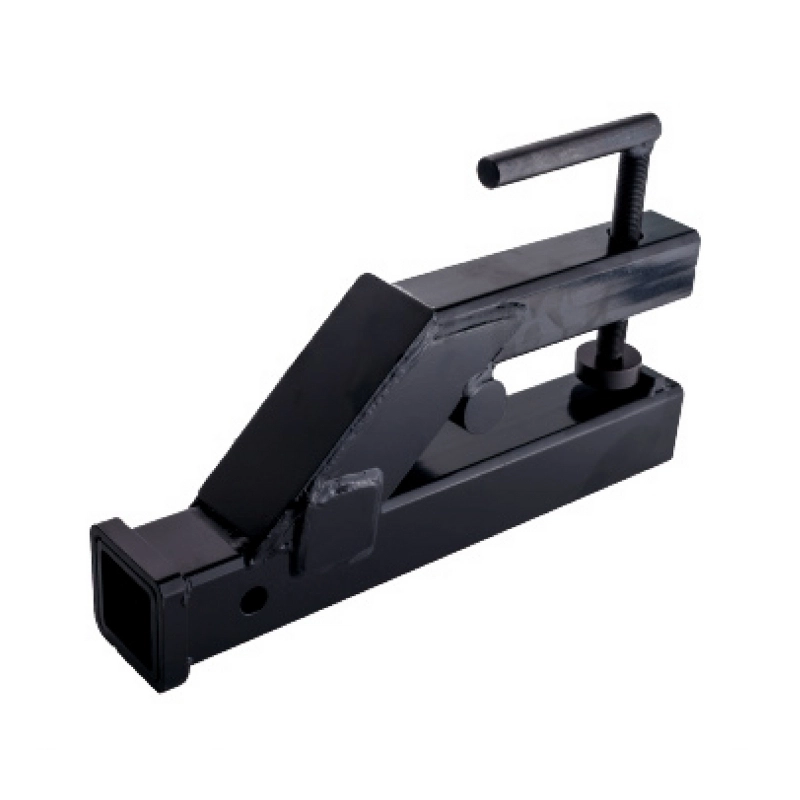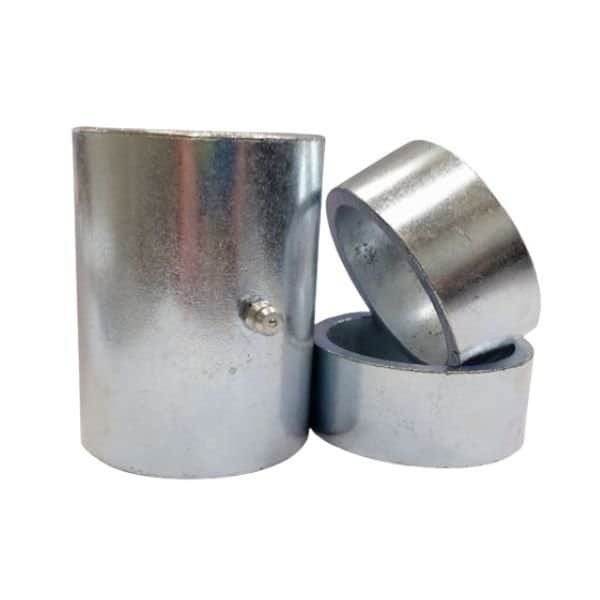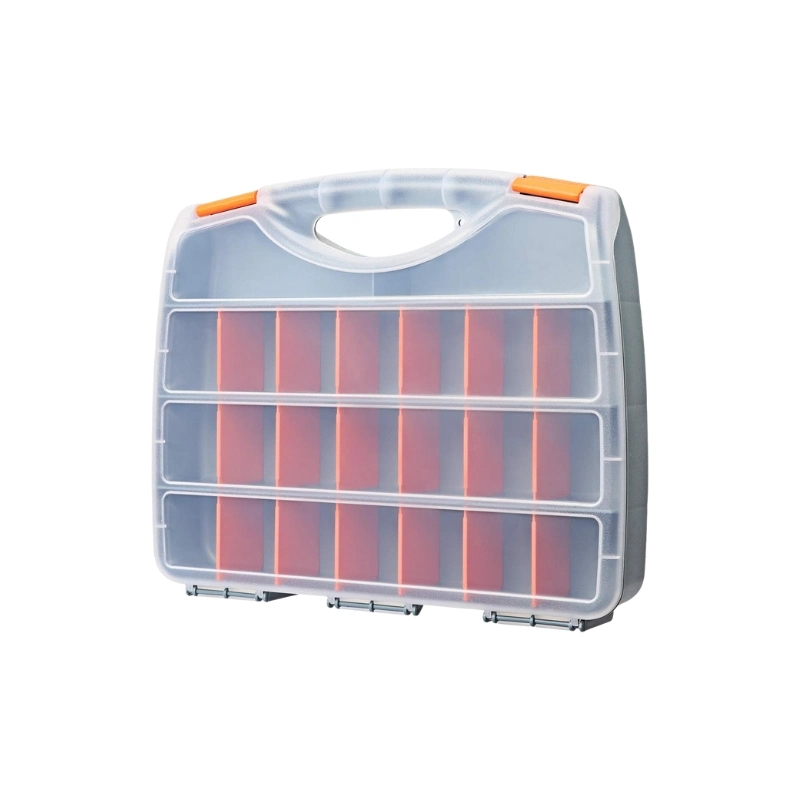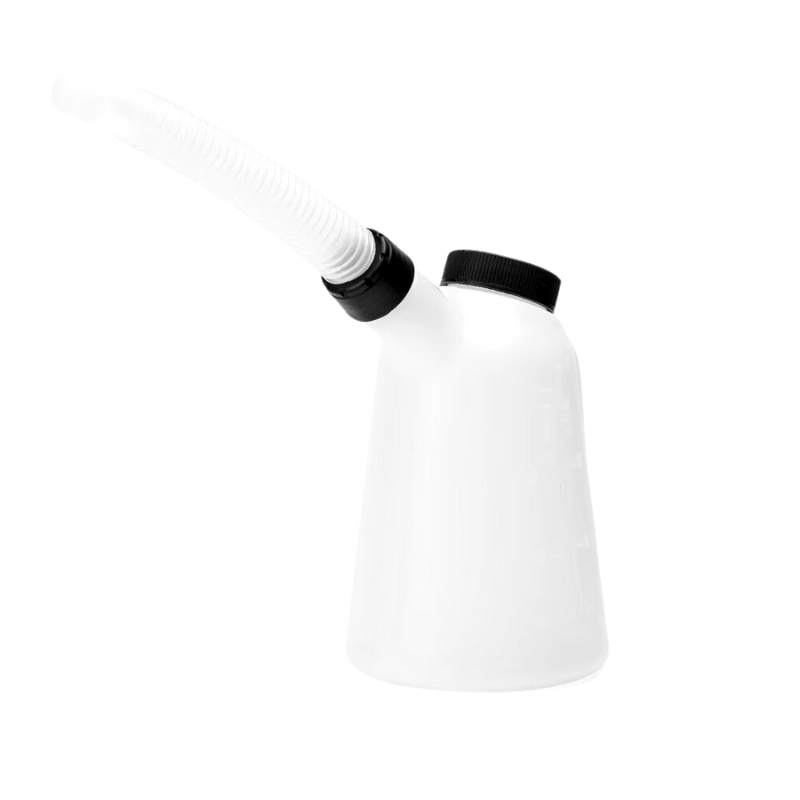- Casa
- Ressourcen
- Bloggen
- Acetal vs. Delrin: Ein umfassender Vergleich
Acetal vs. Delrin: Ein umfassender Vergleich
- Von: HDCMFG
Acetal and Delrin are two commonly used engineering plastics that are widely employed in industrial applications due to their excellent mechanical properties, chemical resistance, and ease of machining. While both materials fall under the category of acetal resins, they have distinct characteristics that make them suitable for different applications.
This article explores the key differences and similarities between Acetal and Delrin, analyzing their composition, mechanical properties, applications, advantages, and limitations.
What is Acetal?
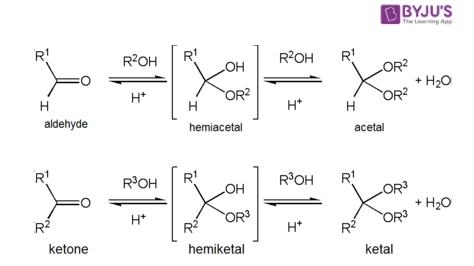
Sources: BYJU’s
Acetal, also known as polyoxymethylene (POM), is a thermoplastic polymer known for its high strength, low friction, and excellent dimensional stability.
It is produced in two primary forms i.e. a) Homopolymer Acetal – Marketed under the brand name Delrin (by DuPont), this type has a uniform molecular structure, offering superior mechanical properties and b) Copolymer Acetal – Sold under various trade names (e.g., Celcon, Ultraform, Kepital), it contains a modified molecular structure that improves certain characteristics like chemical resistance and thermal stability.
Acetal is widely used in precision mechanical components due to its excellent wear resistance, low moisture absorption, and ability to retain its shape under load.
What is Delrin?

Delrin® is a specific brand of acetal homopolymer (POM, polyoxymethylene) developed by DuPont. While Delrin belongs to the broader acetal family, it stands out due to its high crystallinity, which enhances its strength, stiffness, and wear resistance.
Key Features of Delrin:
Delrin offers superior mechanical properties compared to copolymer acetals, making it a preferred choice for high-performance applications. It exhibits higher tensile strength and impact resistance, allowing it to withstand significant mechanical stress without deformation.
Additionally, Delrin has better creep and fatigue resistance, ensuring long-term durability in components subject to repetitive loads.
However, it has slightly lower chemical resistance compared to copolymer acetals, making it less suitable for environments with strong acids or solvents. Despite this, Delrin’s higher stiffness and hardness contribute to its excellent dimensional stability and wear resistance, making it ideal for precision mechanical applications.
Delrin is particularly preferred for applications requiring high precision and durability, such as automotive parts, industrial gears, and high-performance mechanical components.
Key Differences Between Acetal and Delrin
Though Delrin is a type of acetal, there are significant differences zwischen Delrin (homopolymer acetal) und copolymer acetal in terms of structure, properties, and applications. Delrin features a more uniform and crystalline molecular structure, which enhances its mechanical strength and durability, whereas copolymer acetal consists of a mix of different polymer chains, reducing crystallinity but improving chemical resistance and thermal stability.
Mechanische Eigenschaften
In terms of mechanical properties, Delrin has higher Zugfestigkeit (~11,000 psi) and greater stiffness, making it suitable for high-load applications. It also exhibits superior impact resistance, ideal for dynamic components experiencing repeated stress, and offers better fatigue endurance compared to copolymer acetal.
Chemical Properties
Delrin’s chemical resistance is lower, as it is more susceptible to strong acids and hot water degradation. In contrast, copolymer acetal provides greater resistance to acids, alkalis, and solvents, making it preferable for harsh chemical environments.
Thermische Eigenschaften
Regarding thermal properties, copolymer acetal is more resistant to thermal degradation, whereas Delrin may degrade under high temperatures or humid conditions. Delrin does have a slightly higher melting point (~175°C vs. ~165°C), providing better performance in heat-exposed applications.
Moisture Absorptions
Moisture absorption is another differentiator, with Delrin absorbing slightly more moisture (~0.25%) than copolymer acetal (~0.20%), potentially leading to dimensional instability in humid environments. On the other hand, copolymer acetal retains its shape more effectively in such conditions.
Lastly, Delrin is typically more expensive due to its superior mechanical properties and branding, while copolymer acetal is more cost-effective and widely available, making it the preferred choice for budget-sensitive applications.
Applications of Acetal vs. Delrin
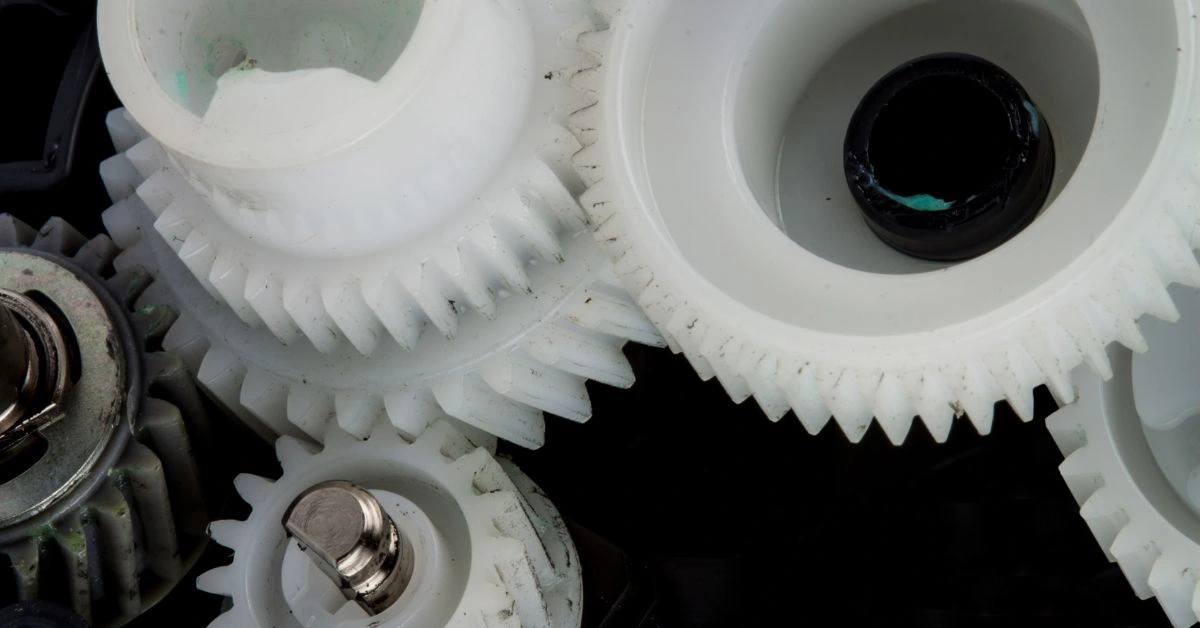
Both Acetal and Delrin are used across various industries due to their strength, durability, and machinability. However, their differences in properties make them more suitable for specific applications.
Common Applications of Delrin (Homopolymer Acetal):
Delrin is widely used across various industries due to its superior mechanical properties and durability.
In the automotive sector, it is commonly found in gears, fuel system parts, und Sitz belt components, where strength and wear resistance are crucial.
In industrial machinery, Delrin is used for precision gears, conveyor rollers, and pump components, ensuring smooth operation and long-term reliability.
The medical field also benefits from Delrin’s properties, as it is used in inhalers, prosthetic devices, and surgical instruments, where precision and biocompatibility are essential.
Additionally, in Konsumgüter, Delrin is a preferred material for high-end fasteners, knife handles, and firearm components, offering strength, durability, and resistance to wear and impact.
Common Applications of Copolymer Acetal:
Copolymer acetal is widely used in various industries due to its excellent chemical resistance and dimensional stability.
In chemical processing equipment, it is ideal for pumps, seals, and valve components, as it can withstand corrosive environments.
The food and beverage industry also relies on copolymer acetal for FDA-compliant food conveyor belts and dairy processing parts, ensuring safety and hygiene.
Im electrical applications, it is used for insulators, housings, and switch components, thanks to its excellent dielectric properties and durability.
Additionally, in marine applications, copolymer acetal is preferred for boat parts due to its superior water resistance, making it highly suitable for prolonged exposure to moisture and harsh environmental conditions.
Fazit
Both Acetal (POM) and Delrin are highly valuable engineering plastics with overlapping but distinct properties. While Delrin (homopolymer) excels in mechanical strength, wear resistance, and precision, copolymer acetal provides better chemical and thermal resistance at a lower cost.
We at HDC have thorough professionals who can guide you on selection of the best material for your application.
Entdecken Sie mehr mit unseren Blogbeiträgen.
kürzliche Posts
Erfahren Sie mehr über unsere Produkte.
Verwandte Produkte
Sofortiges Angebot!
